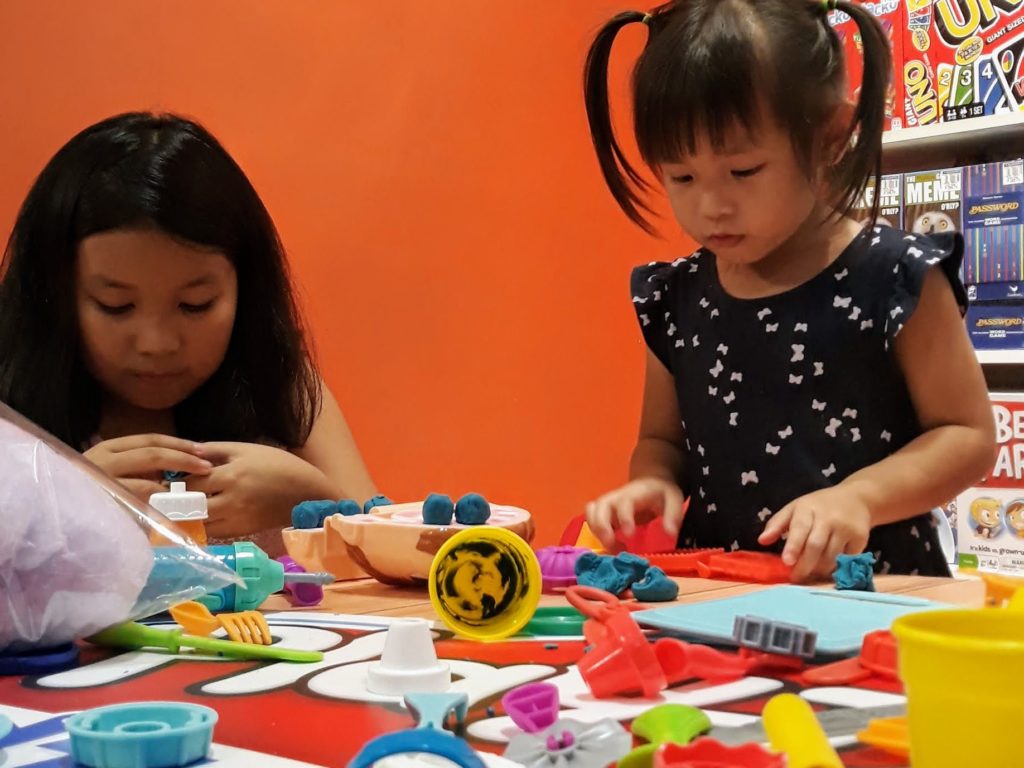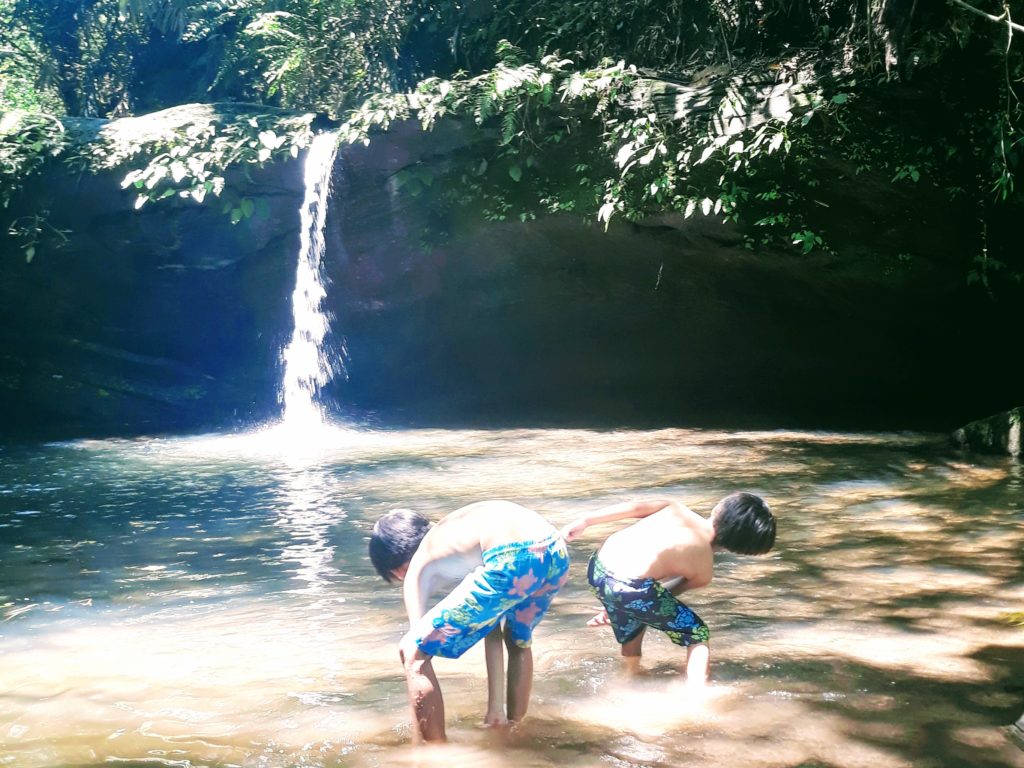In an earlier post, I wrote 10 reasons why risky play is good for your child.
Children are naturally drawn to risky play, not because they are reckless, but because that’s how kids are built. They are wired to have a self-assessment meter.
They want it, yet they also know their limitations. That’s why they want to test it. If they initiate it, they can identify what’s comfortable. When the challenge is too much, they just stop and say “No”.
On the other hand, if we push them to do activities—like how in PE or gym class, kids are forced to climb a rope or do monkey bars even if they don’t feel like it— they are actually being exposed to shame. This can be traumatic for a kid who has, say poor upper body strength. Worse, he could carry this emotional baggage and hate PE or any form of physical activity all his life!
Now, let me ask something.
What does childhood look like now?
- kids are on the internet and glued to the screen
- their schedule is full because of all the activities they are enrolled in—music, sports, languages, arts
- they have to be supervised by adults
- they are safer indoors than out on the streets
Agree?

Have you ever wondered what happened?
Why has play now looked so different from our times?
First of all, the internet has made entertainment more convenient. Just pop a kid’s channel on your phone, and your child will give you a piece of silence for a few minutes. It’s sooooo tempting to get that much needed me time, yeah?
Parents don’t want their kids to get left behind and so they enrol them in all sorts of activities. They do their best to also put them in a good school.
In social media, everyone shares how they are “good parents” by putting their children in close supervision, lest they be labelled as indifferent.
Parents are more afraid than ever, and they don’t feel safe having their kids outside because the kiddos might get kidnapped or run over by a car.
There’s also the urbanization, where there are more high rise residences now and less getting to know your neighbors.
Teachers are also worried that they might get blamed (or worse, sued) for accidents when they let students play unsupervised during recess or free time.
But really, what do these changes do to your child?

All these safe-keeping practices, how does it affect your child?
Research has shown that if we take out risky play, they are more prone to accidents since they are clumsy and not comfortable in their own bodies. They miss out on what their bodies are telling them to teach them what they are capable of.
If they cannot self-assess the risks presented to them in play, they will find it difficult to cope with dangerous situations they will face in real life. In other words, they are exposing themselves to reckless decisions.
Failed academically? They may resort to stress eating.
Bullied? They might not be able to fend themselves.
Pressured into sex, drug and alcohol? They might give in.
If we take out risky play, children will become timid, reluctant to take risks, and prone to anxiety and phobia.
If they’re always afraid to take on new challenges, this lack of resilience can ultimately lead to mental health issues.
They will always seek your approval, and not have a mind of their own.
In other words, it turns out that over protecting your kid can have unintended negative consequences.
They are in more danger when their environment is overly safe.
So, being the good parent that you are, what can you do to keep your child protected from harm?
By putting back risk in their play.

Here are 7 tips you can do to make risky play available for your child:
1. Step back. This has got to be the number 1 skill you need to have as a parent. If you’re ever tempted to take your child out of the risky position he’s in, count to 20. Once you’ve mastered this, it’s so magical to witness what your kid is capable of!
2. Get out of the way and shut up. Don’t be breathing down their necks and commenting on how they should play. It’s their play, anyway. Let them own it. Let them make their own rules. And stop interfering 🙂
3. Give them a lot of time and a lot of space. Reduce some of the structured activities they are enrolled in. Or, if you’re still thinking of sending them to do extracurriculars, take a moment and do not push them if they’re not yet ready.
4. Offer opportunities for risk. Do not remove a thorny plant out of the way, but point out what can happen if they hold on to it.
5. Tell your spouse. Include other family members, and your child’s other care minders about the benefits of risky play so that you are on the same page.
6. Give yourself a break. It’s not up to you or up to experts to identify what is risky for your child. They are smart, and they know how to dose themselves with the right amount of fear.
7. Bring them to a space with loose parts and materials. Nature provides a very rich resource for your child to play with—logs, mud, sticks, water. Go on weekly nature walks with other kids.
I hope this has brought more light to the advantages of allowing our children to embrace the outdoors. I’d like to invite you to try one of our nature walk sessions, so you can make it a habit to go weekly.
The next time you feel the urge to interrupt your child from risky play, may you be reminded of the benefits, more than the risks.
